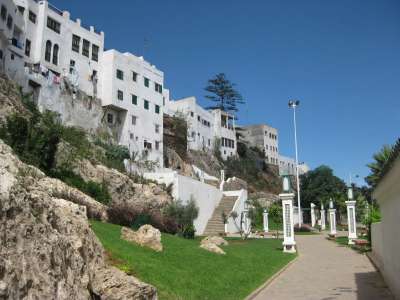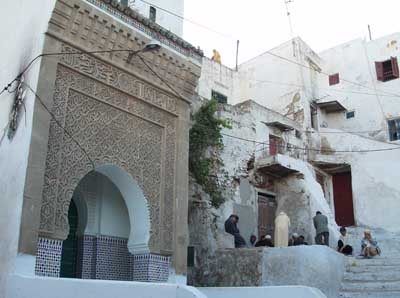Medina of Tetouan






.
The medina of Tétouan was rebuilt by the end of the 15th century by refugees from the Reconquista (reconquest of Spain, completed by the fall of Granada in 1492), when the Andalusian Moors first reared the walls and then filled the enclosure with houses. The city is situated in the area of Morocco which was formerly ruled by Spain. It had a reputation for piracy at various times in its history. Tétouan has also been home of an important Sephardi Jewish community, which immigrated from Spain after the Reconquista and the Spanish Inquisition. The Jews lived in a mellah, separated from the rest of the town by gates which were closed at night.
Many of the houses belonging to aristocratic families, descendants of those expelled from Al-Andalus by the Spanish "Reconquista", possess marble fountains and have groves planted with orange trees. Within the houses the ceilings are often exquisitely carved and painted in hispano-moresque designs, such as are found in the Alhambra of Granada, and the tile-work for which Tetuan is known may be seen on floors, pillars and dados.